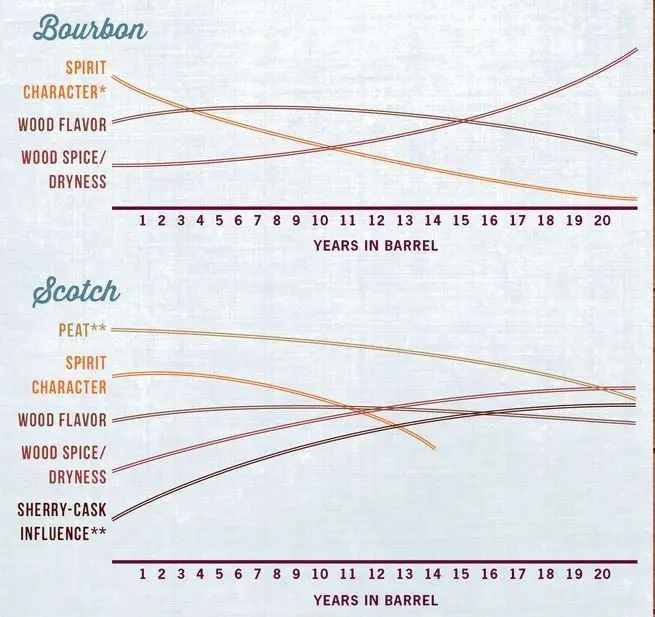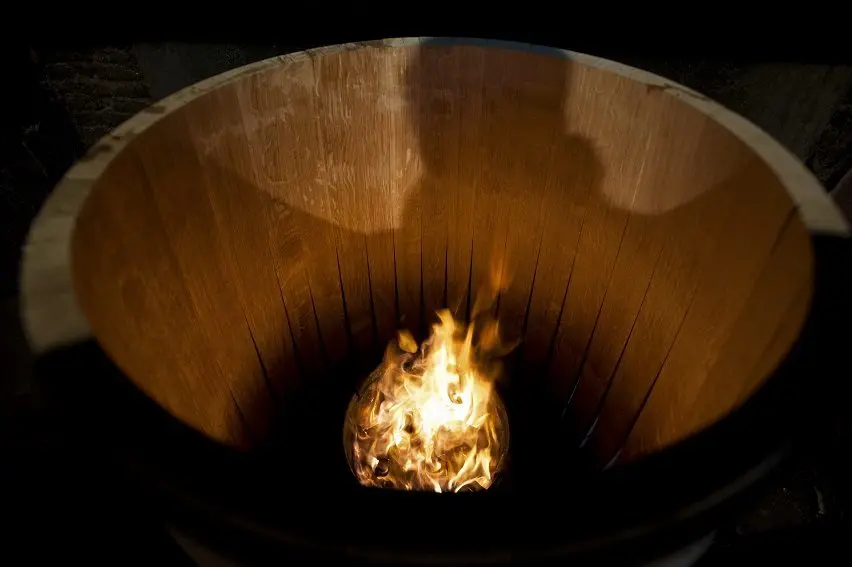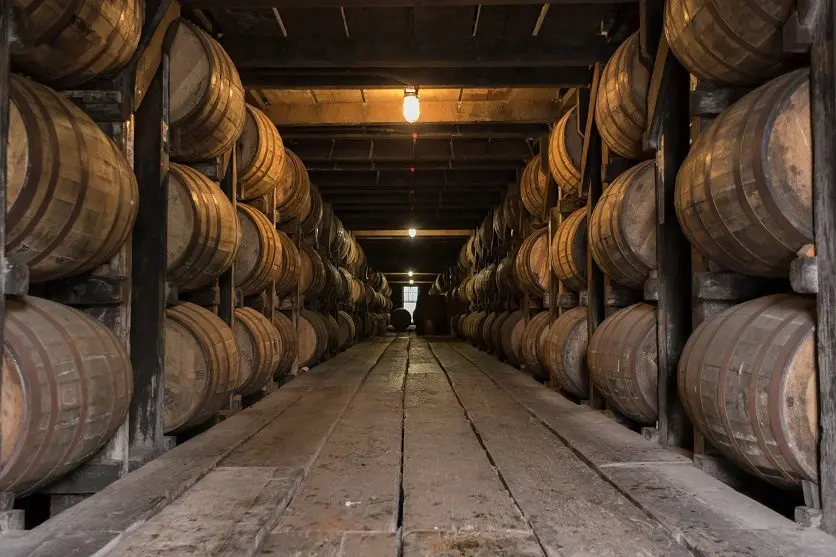Contents
This noble grain distillate is aged exclusively in oak barrels. Whiskey in a bottle can stand for at least 20 years, but it will not become more mature because of this – only the time spent in the barrel counts. Most often, barrels are made from American or French oak – it is this wood that gives the drink a recognizable “caramel” color and vanilla aroma. Some producers use new casks, but most distillers prefer charred and/or otherwise aged barrels, such as rum or sherry (sherry brandy).
How years of whiskey aging affect the characteristics of the drink

Designations on the chart:
- Spirit character – sharpness, how strong the fortress is felt;
- Peat – peat “smoky”;
- Wood flavor – woody aroma;
- Wood spice / dryness – “dryness” and “spiciness”;
- Sherry-cask influence – Sherry cask influence.
Bourbon and single malt whiskey age differently. However, the general principle remains unchanged: some characteristics are significantly enhanced, while others, on the contrary, are “blurred”. For example, scotch tape loses its peaty flavor over time and becomes softer. Despite the high strength, alcohol is less felt in it. On the other hand, woody notes intensify, the drink becomes more “spicy” and dry.
Freshly distilled whiskey is absolutely transparent (if it has not been tinted additionally), grain tones and smoky peat (if we are talking about scotch) are most acutely felt in the bouquet. You can still feel the tones of fruit and acetone. The young whiskey is very sharp, the portions of the blend have not yet “married”, the taste is unbalanced.
After 50 years of aging in barrels, the picture is completely different: the whiskey acquires a deep amber hue, but the “smokyness” disappears almost without a trace. Notes of fresh fruit transform into tones of dried fruit, nuances of creamy toffee, honey, caramel, and chocolate appear in the bouquet. The drink becomes more dry and tannic. The volume also changes: over time, the alcohol evaporates (professionals call this the “angels’ share”), so that the remaining drink increases significantly in price.
Factors affecting the taste of whiskey:
- barrel material;
- barrel type (fired or not, new or used);
- holding time.
The difference between scotch and bourbon aging
| Bourbon | Scotch |
| New barrel | Barrel of sherry or bourbon |
| American oak barrel | European oak barrel |
| The barrel is burned from the inside with coal | The barrel is dried from the inside by fire |
The coal “film” of the burnt barrel absorbs unpleasant odors and tastes. Oak is a key factor in the formation of a sophisticated bouquet, so stainless steel containers are not suitable for aging real whiskey.

With temperature fluctuations, the interaction between wood and drink occurs faster, so bourbon from Kentucky (a state that experiences both frost and heat) ripens earlier than scotch (Scotland has a predominantly mild climate).
Influence of oak wood
Substances contained in oak form the final bouquet of whiskey.
The polymer lignin is responsible for the notes of vanilla and (sometimes) marzipan. Lactones add a touch of butter and coconut (most of these substances are found in American oak). Tannins and hemicellulose make the drink slightly astringent, spicy and sweet.
As can be seen from the diagram, with a long exposure (from 20 years), it is this characteristic that begins to prevail, while a five-year-old scotch will be very smoky, harsh and “full-bodied”, its bouquet will contain more creamy biscuit than spices.

What is sweet spot
Sweet spot in the terminology of distillers is the “golden mean”, the point of ideal exposure. With too long aging, whiskey becomes excessively dry and astringent, notes of “old wet log” appear in it, with insufficient aging, it remains sharp, even “fusel”, with an indistinct bouquet. For bourbon, this point is somewhere between 4 and 9 years old, with the most balanced scotch aging 10-18 years.









